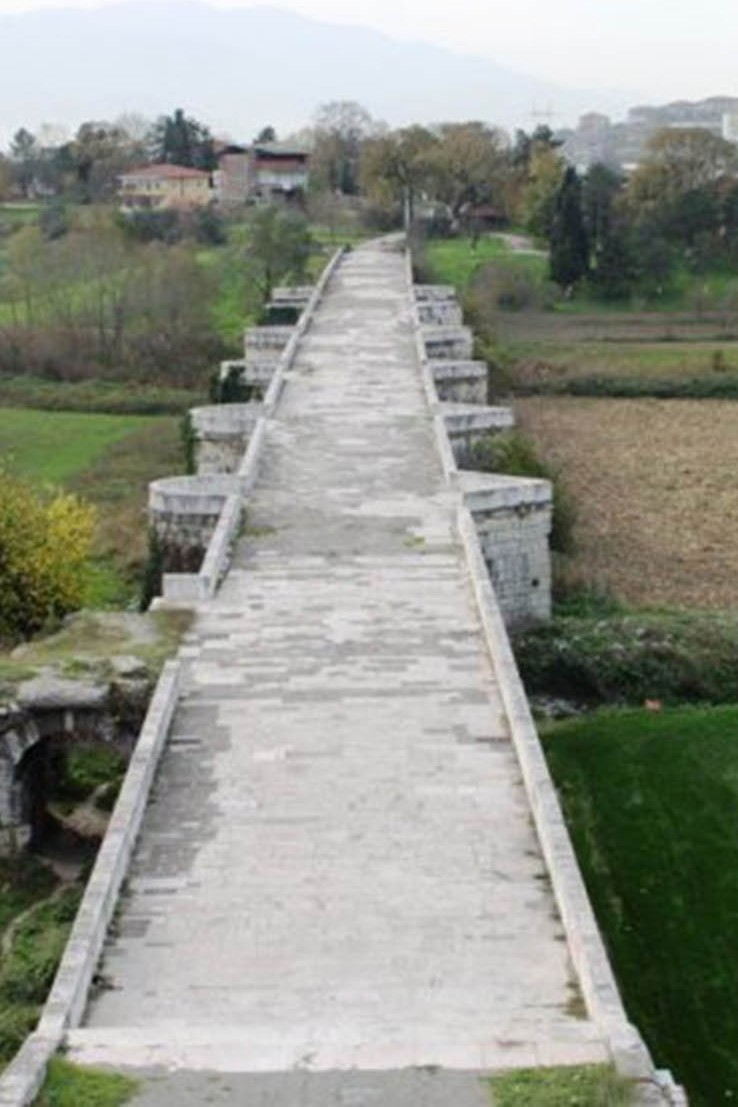An Alternative New Signal In The Respiratory Scoring Process In Patients With Obstructive Sleep Apnea: Photoplethysmography Signal
An Alternative New Signal In The Respiratory Scoring Process In Patients With Obstructive Sleep Apnea: Photoplethysmography Signal
___
- 1. Cochen De Cock V, Benard-Serre N, Driss V, Granier M, Charif M, Carlander B, et al.: Supine sleep and obstructive sleep apnea syndrome in Parkinson’s disease. Sleep Med 2015 Dec;16:1497–501.
- 2. Linz D, Linz B, Hohl M, Böhm M: Atrial arrhythmogenesis in obstructive sleep apnea: Therapeutic implications. Sleep Med Rev 2015 Apr 3;26:87–94.
- 3. Berry RB, Budhiraja R, Gottlieb DJ, Gozal D, Iber C, Kapur VK, et al.: Rules for scoring respiratory events in sleep: update of the 2007 AASM Manual for the Scoring of Sleep and Associated Events. Deliberations of the Sleep Apnea Definitions Task Force of the American Academy of Sleep Medicine. J Clin Sleep Med 2012 Oct 15;8:597–619.
- 4. Borgström A, Nerfeldt P, Friberg D: Questionnaire OSA-18 has poor validity compared to polysomnography in pediatric obstructive sleep apnea. Int J Pediatr Otorhinolaryngol 2013 Nov;77:1864–8.
- 5. Masa JF, Corral J, Sanchez de Cos J, Duran-Cantolla J, Cabello M, Hernández-Blasco L, et al.: Effectiveness of three sleep apnea management alternatives. Sleep 2013 Dec;36:1799–807.
- 6. Lazaro J, Gil E, Vergara JM, Laguna P: OSAS detection in children by using PPG amplitude fluctuation decreases and pulse rate variability [Internet]. . Comput Cardiol 2012 2012 [cited 2016 Jan 3];185–188.
- 7. Gaurav G, Mohanasankar S, Kumar VJ: Apnea sensing using photoplethysmography [Internet]; in : 2013 Seventh International Conference on Sensing Technology (ICST). IEEE, 2013, pp 285–288.
- 8. Karmakar C, Khandoker A, Penzel T, Schobel C, Palaniswami M: Detection of Respiratory Arousals Using Photoplethysmography (PPG) Signal in Sleep Apnea Patients. IEEE J Biomed Heal Informatics 2014 May 1;18:1065–1073.
- 9. Alian AA, Shelley KH: Photoplethysmography. Best Pract Res Clin Anaesthesiol 2014 Dec;28:395–406.
- 10. Alpar R: Applied Statistic and Validation - Reliability [Internet]. Detay Publishing, 2010, [cited 2016 Jan 11].Availablefrom:https://books.google.com.tr/books/about/Uygulamal%C4%B1_istatistik_ve_ge%C3%A7erlik_g%C3%BCv.html?id=ITk1MwEACAAJ&pgis=1
- 11. Rasch D, Teuscher F, Guiard V: How robust are tests for two independent samples? J Stat Plan Inference 2007 Aug;137:2706–2720.
- 12. Ramachandran KM, Tsokos CP: Mathematical Statistics with Applications in R [Internet]. Elsevier, 2015. DOI: 10.1016/B978-0-12-417113-8.00006-0
- 13. Mathworks C: Simscape TM User ’ s Guide R 2015 b [Internet]. 2015;Available from: https://www.mathworks.com/help/pdf_doc/matlab/getstart.pdf
- 14. Chon KH, Dash S, Ju K: Estimation of respiratory rate from photoplethysmogram data using time-frequency spectral estimation. IEEE Trans Biomed Eng 2009;56:2054–2063.
- 15. Gil E, María Vergara J, Laguna P: Detection of decreases in the amplitude fluctuation of pulse photoplethysmography signal as indication of obstructive sleep apnea syndrome in children. Biomed Signal Process Control 2008;3:267–277.
- 16. Nakajima K, Tamura T, Miike H: Monitoring of heart and respiratory rates by photoplethysmography using a digital filtering technique. Med Eng Phys 1996;18:365–372.
- 17. Nilsson LM: Respiration signals from photoplethysmography. Anesth Analg 2013;117:859–65.
- 18. Sharma S, Mather P, Efird JT, Kahn D, Cheema M, Rubin S, et al.: Photoplethysmographic Signal to Screen Sleep-Disordered Breathing in Hospitalized Heart Failure Patients. JACC Hear Fail 2015;3:725–731.
- 19. Ucar MK, Bozkurt MR, Polat K, Bilgin C: Investigation of effects of time domain features of the photoplethysmography (PPG) signal on sleep respiratory arrests [Internet]; in : 2015 23nd Signal Processing and Communications Applications Conference (SIU). IEEE, 2015, pp 124–127.
- 20. Jin L, Jie J: Detection of Respiratory Rhythm from Photoplethysmography Signal using Morphological Operators. Bioinforma Biomed Eng , 2009 ICBBE 2009 3rd Int Conf 2009;1–4.
- 21. Suzuki T, Kameyama K-I, Inoko Y, Tamura T: Development of a sleep apnea event detection method using photoplethysmography. Conf Proc IEEE Eng Med Biol Soc 2010;2010:5258–61.
- 22. Knorr BR, McGrath SP, Blike GT: Using a generalized neural network to identify airway obstructions in anesthetized patients postoperatively based on photoplethysmography. Conf Proc IEEE Eng Med Biol Soc 2006;Suppl:6765–8.
- 23. Knorr-Chung BR, McGrath SP, Blike GT: Identifying airway obstructions using photoplethysmography (PPG). J Clin Monit Comput 2008;22:95–101.
- Başlangıç: 2015
- Yayıncı: Ramazan AKDEMİR
Giant Lipoma Of The Hand To Extending From Thenar Region To Deep Palmar Space: A Case Report.
Özlem CEMBOLUK, İsmail DALDAL, Hüseyin Nevzat TOPÇU
HEMŞİRELİK EĞİTİMİNDE SİMÜLASYON: SANAL GERÇEKLİK VE HAPTİK SİSTEMLER
Handenur GÜNDOĞDU, Yurdanur DİKMEN
Yoğun Bakım Hastalarında Basınç Yaraları: Risk Faktörleri ve Önlemler
Fatma TANRIKULU, Yurdanur DİKMEN, Fatma TANRIKULU
HEMŞİRELİK ÖĞRENCİLERİN SAĞLIK ALGISI İLE ÖZGÜVENLERİ ARASINDAKİ İLİŞKİ
Sinem YALNIZOĞLU ÇAKA, Sümeyra TOPAL, Özge KARAKAYA SUZAN, Nursan ÇINAR, Sevin ALTINKAYNAK
Silent Giant Left Atrium ‘Giant Atrium’
Kahraman COŞANSU, Çağın Mustafa ÜREYEN, Harun KILIÇ
KAPİLLER KAN ALMADA PARMAK UCUNA ALTERNATİF: KULAK MEMESİ
A RARE CASE OF SECONDER PARKINSONISM CAUSED BY ANTIALLERGIC TREATMENT
Muhammed Kürşad UÇAR, Cahit BİLGİN, Ferda BOZKURT, Kemal POLAT, Mehmet Recep BOZKURT
Gülfem BAŞOL, Arif Serhan CEVRİOĞLU, Nermin AKDEMİR, Gupse TURAN, Betül KURU
